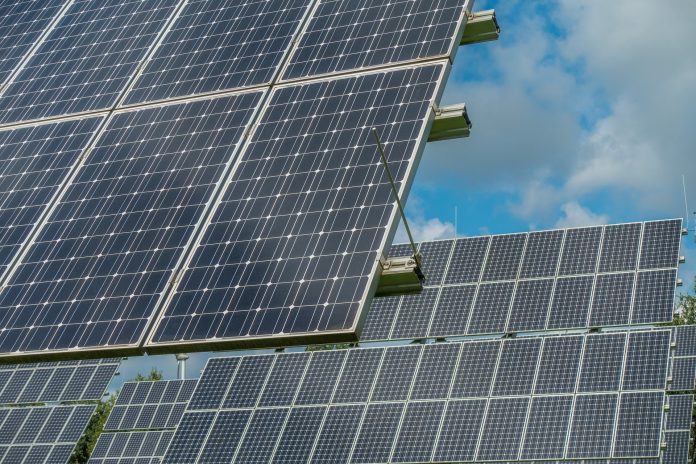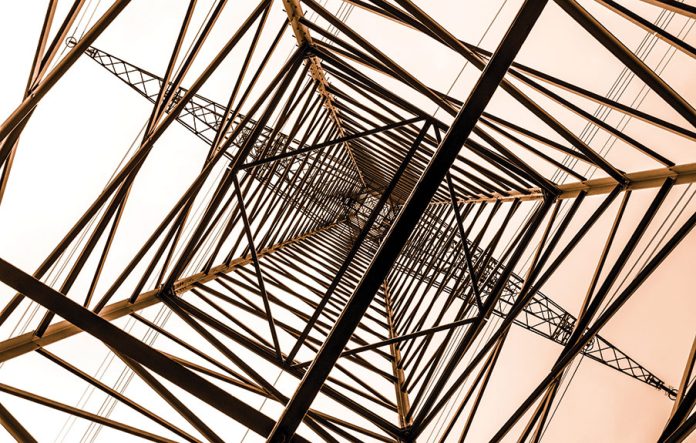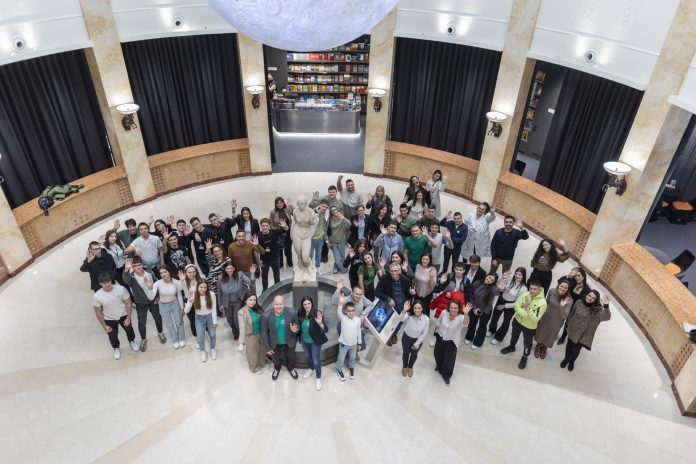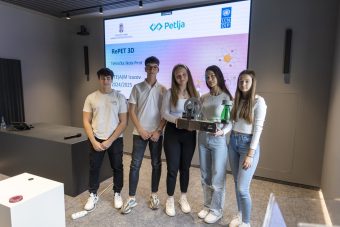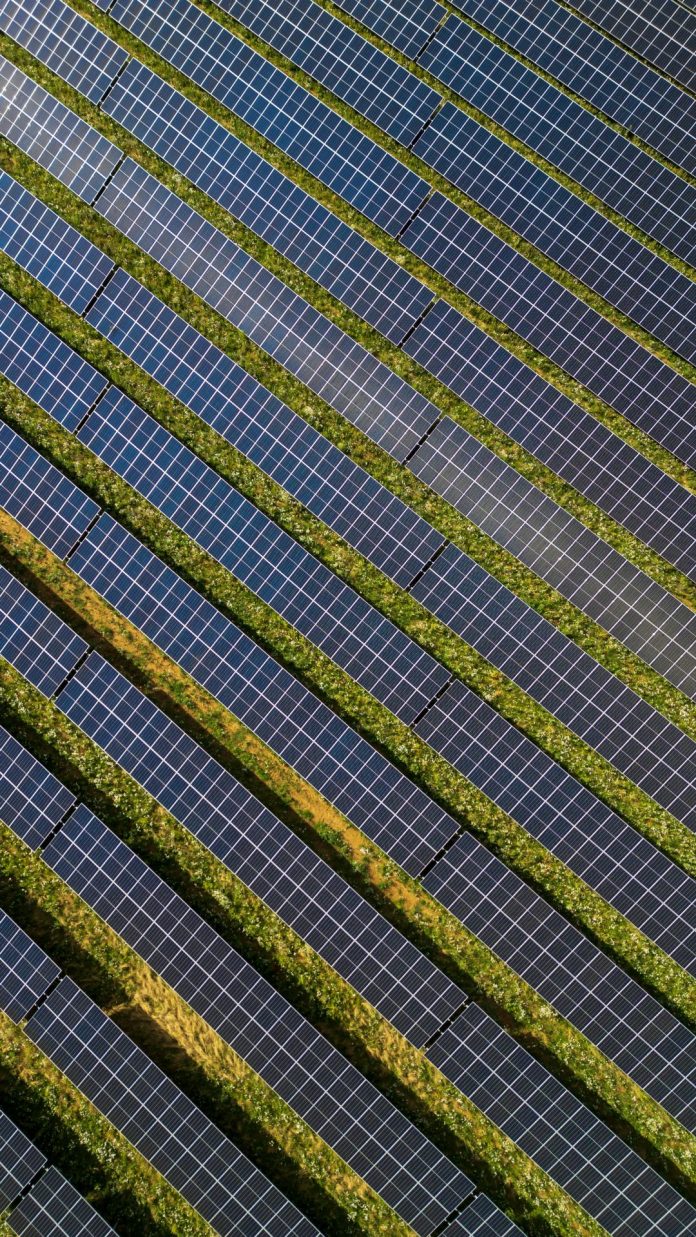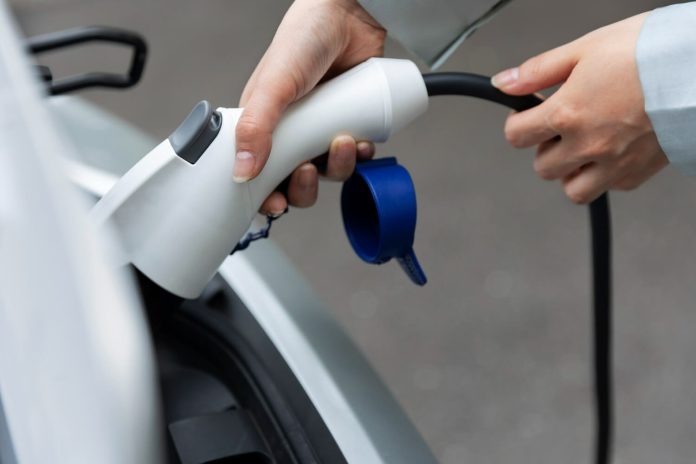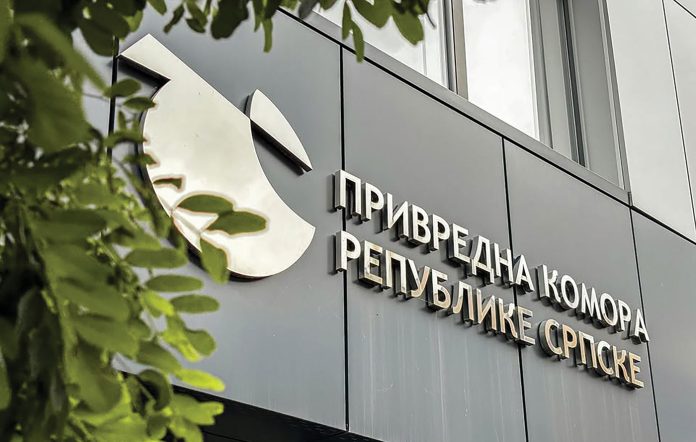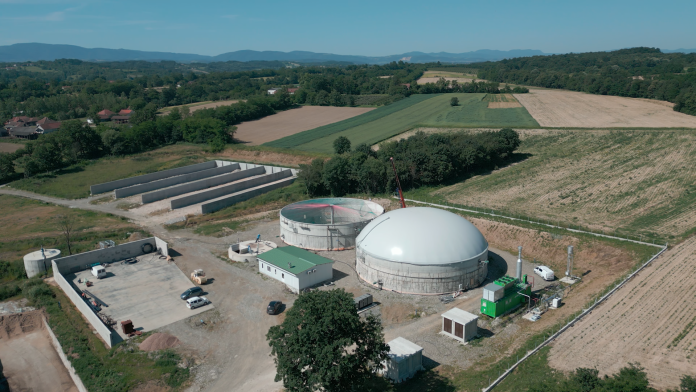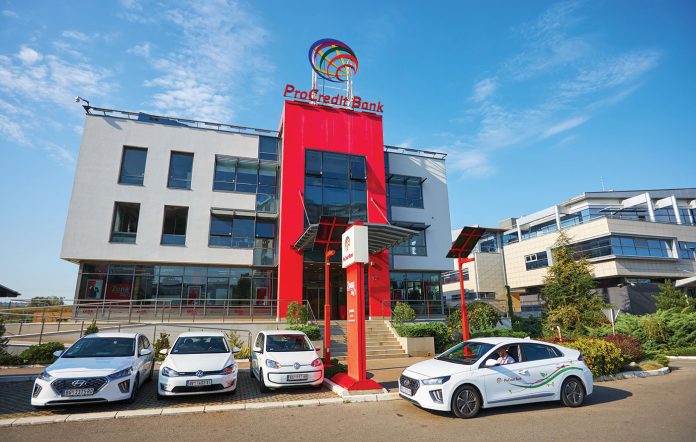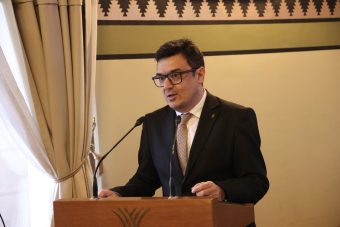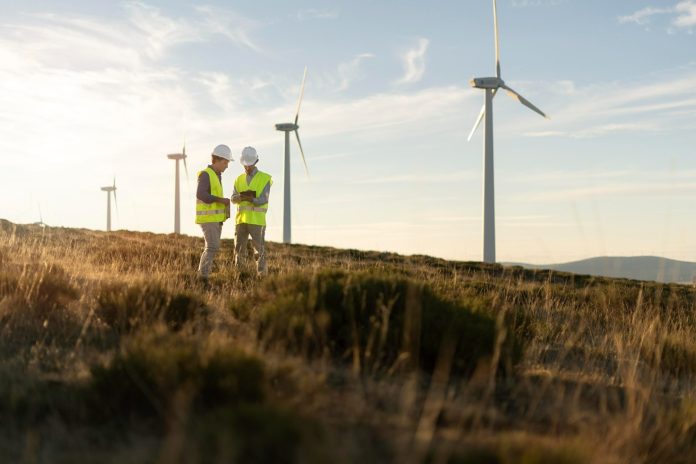During IRENA Innovation Week 2025 (International Renewable Energy Agency – IRENA Innovation Week 2025), the central theme was the interconnection between digitalization and the energy transition. As emphasized, there is no digitalization without energy, nor an energy transition without digitalization.
The growing demand for electricity is particularly evident in the increasing use of smart devices and the internet, including cloud services and the virtual world.
For this energy to come from renewable sources, greater integration into power grids is necessary. Thanks to digital technologies, solar and wind energy can become more reliable sources. Digitalization enables smart grid management, predictive maintenance, balancing of supply and demand, and more efficient energy use.
Artificial intelligence allows for real-time performance monitoring and smart maintenance based on weather forecasts. AI-driven analytics help operators accurately predict production patterns and grid needs, thereby reducing operational and maintenance costs.
In addition, consumers benefit from increased efficiency and savings. Smart meters, dynamic pricing, and Internet of Things (IoT)-connected devices—which can communicate and manage energy consumption—allow users to adjust electricity usage based on price signals.
More:
- Access to Electricity in 2025 Shows Progress, But Universal Access by 2030 Still Unlikely
- CIRES Study: Wildfires Pollute Rivers for Up to Eight Years After They Burn
- Ireland Shuts Down Its Last Coal Power Plant – Wind Energy Now Dominant
Furthermore, advanced grid management systems can forecast congestion, coordinate distributed energy resources, and optimize distribution in real time.
However, alongside opportunities come challenges. The increasing energy demand from AI data centers complicates grid planning and expansion, requiring careful coordination between digital innovation and energy infrastructure.
Moreover, the implementation of digital solutions is not evenly distributed. Developing markets lag due to a lack of smart meters, low investment levels, and regulatory barriers that hinder the participation of virtual power plants and other systems. Additional challenges include the lack of shared technical standards and increasing cybersecurity risks.
Therefore, solutions must be developed—an area to which Adrian Gonzalez from IRENA is particularly dedicated. He is closely studying the energy challenges posed by AI data centers.
Energy portal


